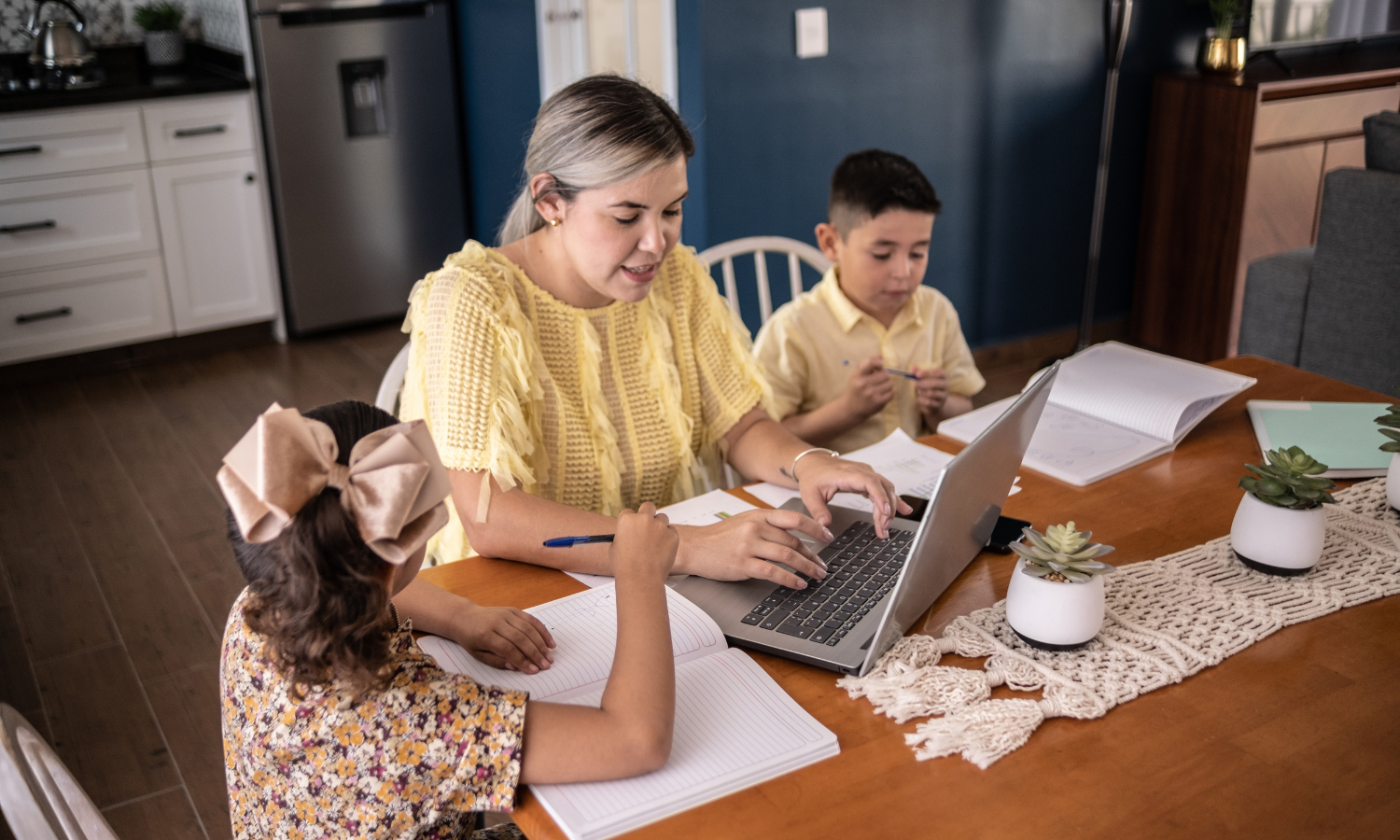
Focus on Behavioral Teaching: Teaching a Learner with Autism to Wait or Accept “No”
Learning to wait or accept “no” in response to a request is a functional skill that contributes to providing the learner with countless opportunities to participate in family, school and community life. It is important to teach individuals with autism to accept “no” as a response to a request, and the accompanying skill of waiting. Yet, teaching these skills often takes a great deal of patience on your part and a lot of practice for the learner.
Incorporating the learner’s preferences and choices is a great way to start when beginning to teach these skills. Initially, when teaching requesting, it is recommended that learners gain access to the objects or activities they request as soon as possible after they ask. In other words, if they ask appropriately, they get it. This provides them with immediate rewards for requesting in an appropriate manner. This reinforcement increases the likelihood that the learner will request again in the future, which is exactly what we want. However, once the learner regularly uses appropriate ways to ask for desired objects or activities, it is necessary to teach them to accept not being able to get what they want whenever they want it—a much more difficult task.
The first step in teaching this skill is to set up practice sessions daily. When the learner asks for something, say “you can have it in “__ (one second, a few seconds, a minute)” or “okay, but wait a minute.” If the learner waits appropriately for the required amount of time (that is, quietly, without disruptive behavior) provide him/her with the requested item.
When the learner has demonstrated the skill of waiting a short time for a desired item, begin to teach that you may not always get what you want and sometimes you have to accept “no.” When your learner asks for an item he/she cannot have, say “no, but you can have (or do) this instead.” If the learner accepts your answer, then provide verbal praise and provide him/her with a reward.
Remember, it’s important to teach a learner what to do, rather than focusing on what not to do. Therefore, we need to be clear in our expectations. Before denying a request, you can tell the individual, “If you accept my answer calmly, then you can have (reward).” This provides the learner with information about what is expected. If the learner is verbal, you may want to teach him/her to say “okay,” “oh well,” or “no big deal” in response to being told “no.”
Be certain that you practice this skill daily to maintain the desired response. Taking advantage of naturally occurring situations or role playing the skill of accepting “no” are good ways to practice. As the learner becomes successful, gradually fade out the tangible rewards and provide only praise for accepting “no.”
It is also important to remember to generalize this skill to many situations. Have the learner’s family members, teachers, and peers practice the skill, too. Be sure that the learner can accept “no” in a variety of situations and environments. Although this may take some time, continued practice is likely to have meaningful benefits for the learner and those around him/her, such as providing additional opportunities for inclusion in family, school and community activities.
For more information on behavioral teaching, please feel free to contact Autism New Jersey at 800.4.AUTISM or information@autismnj.org








